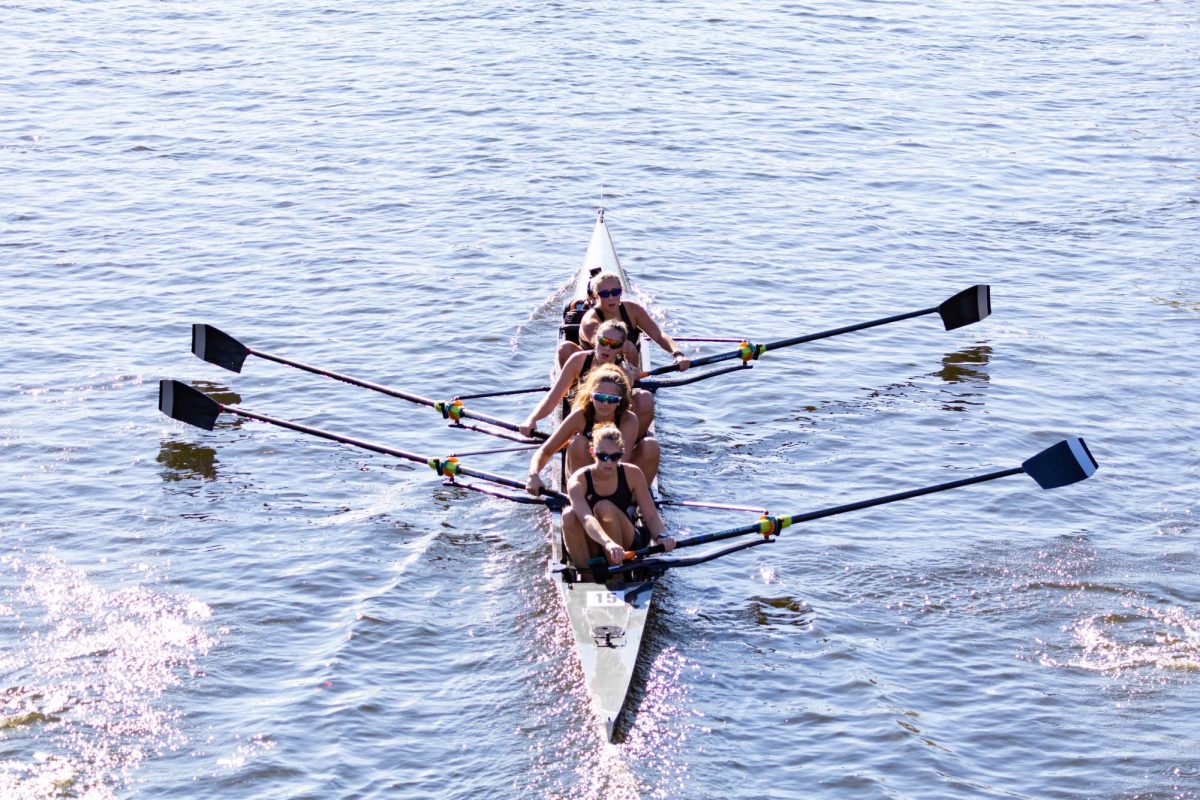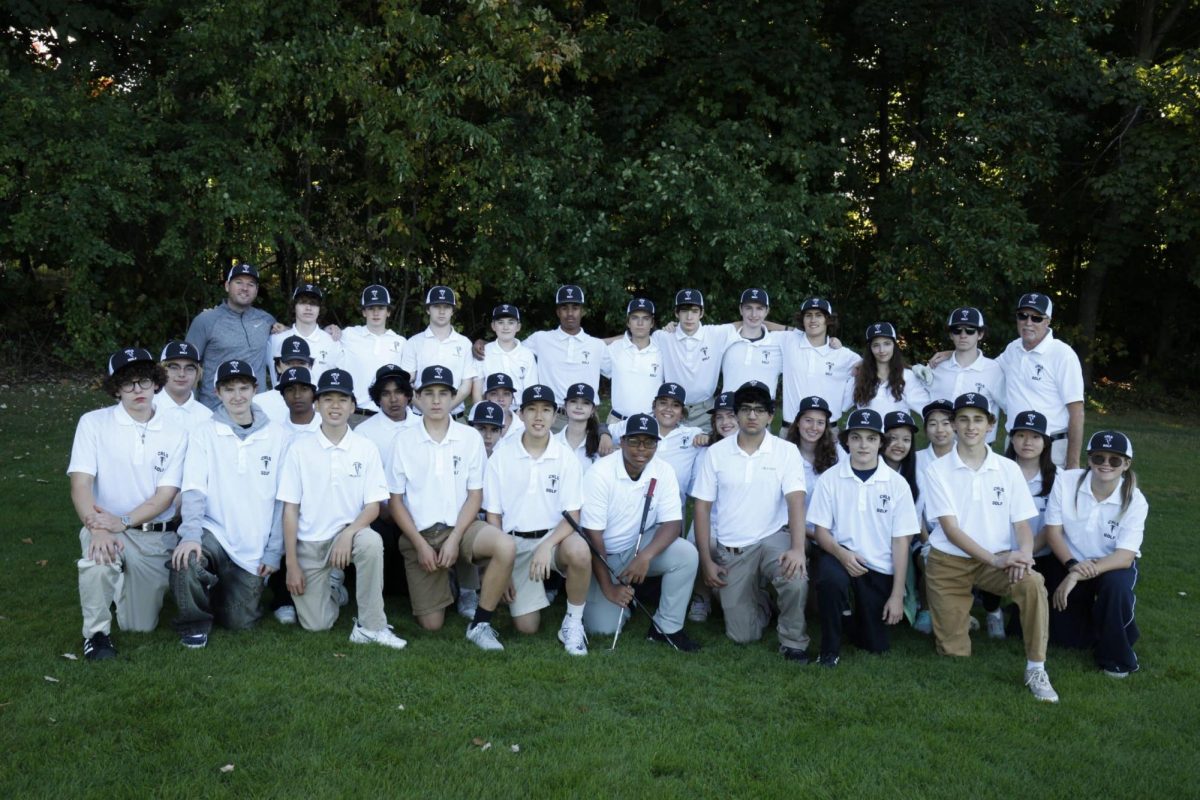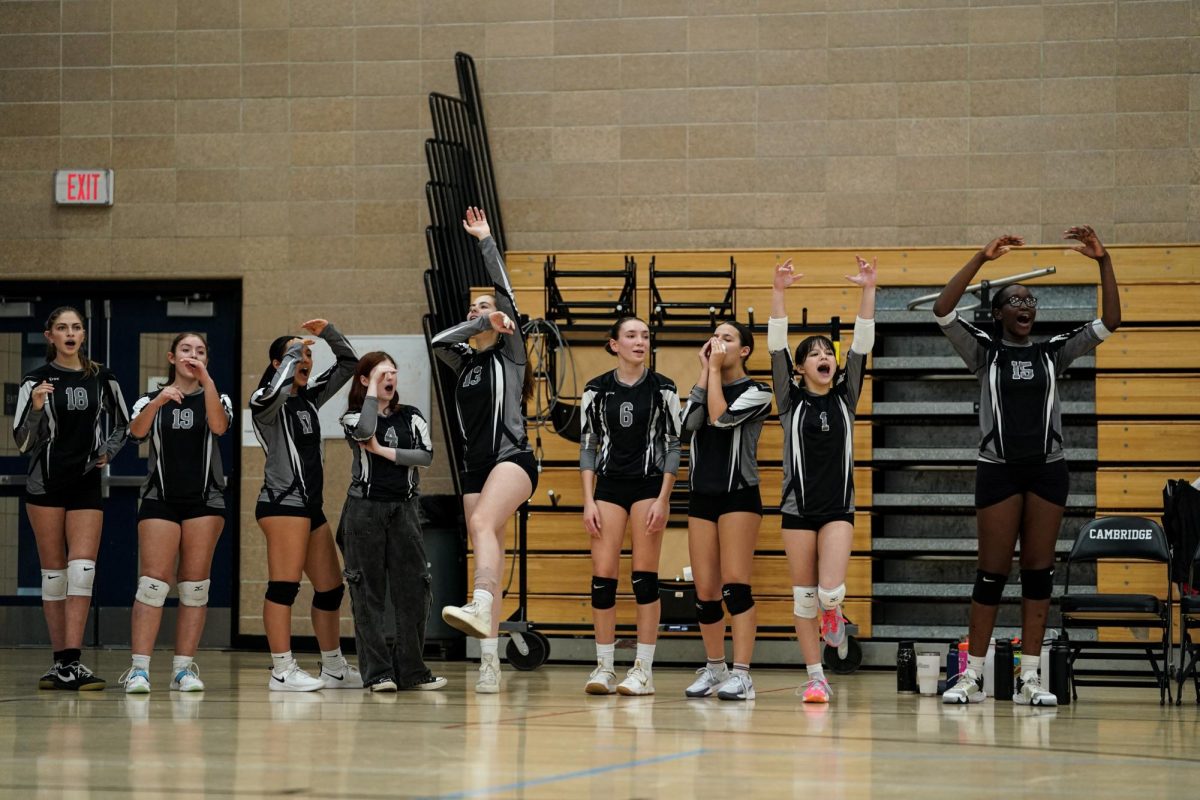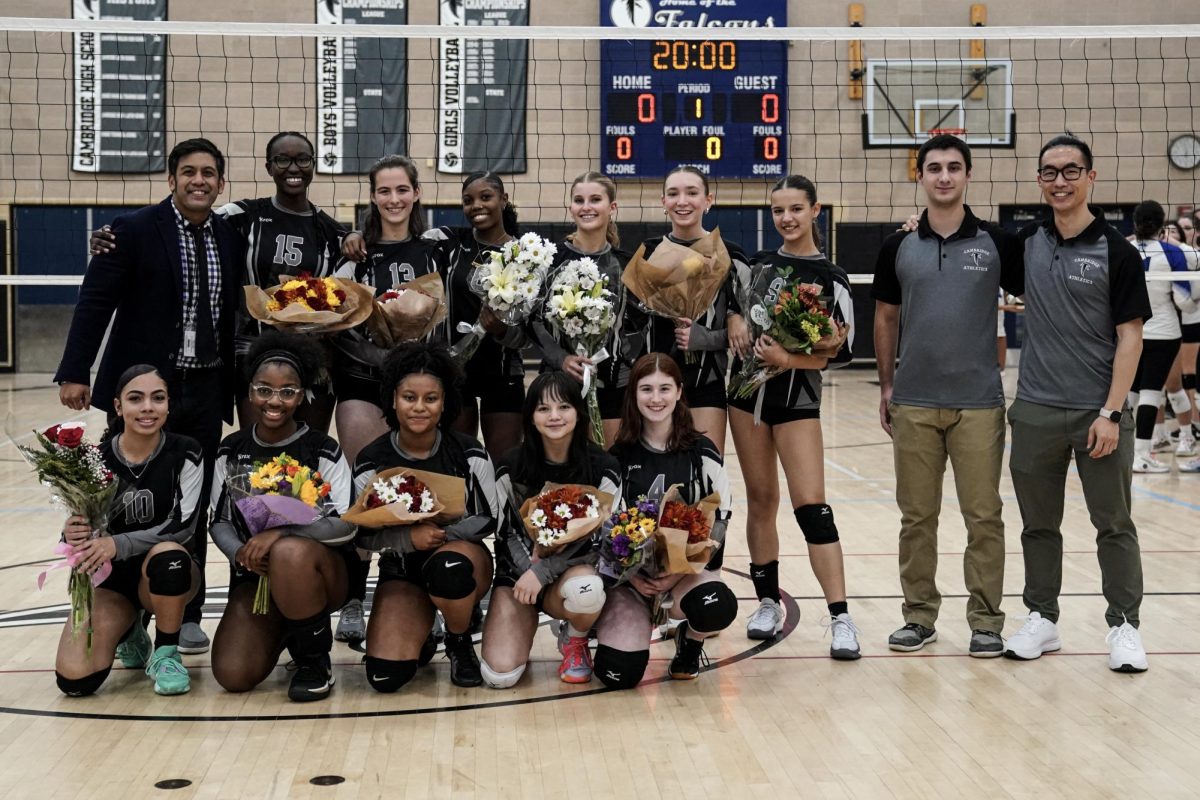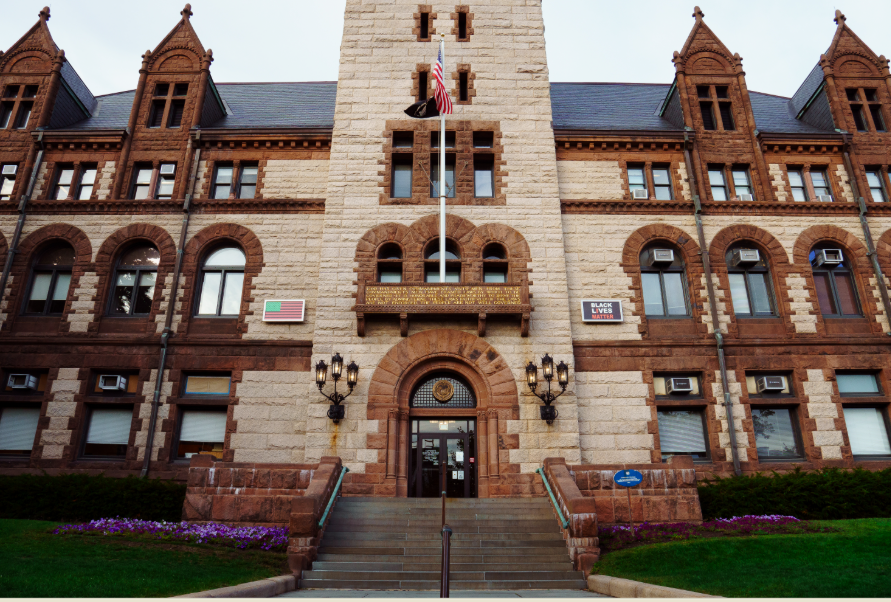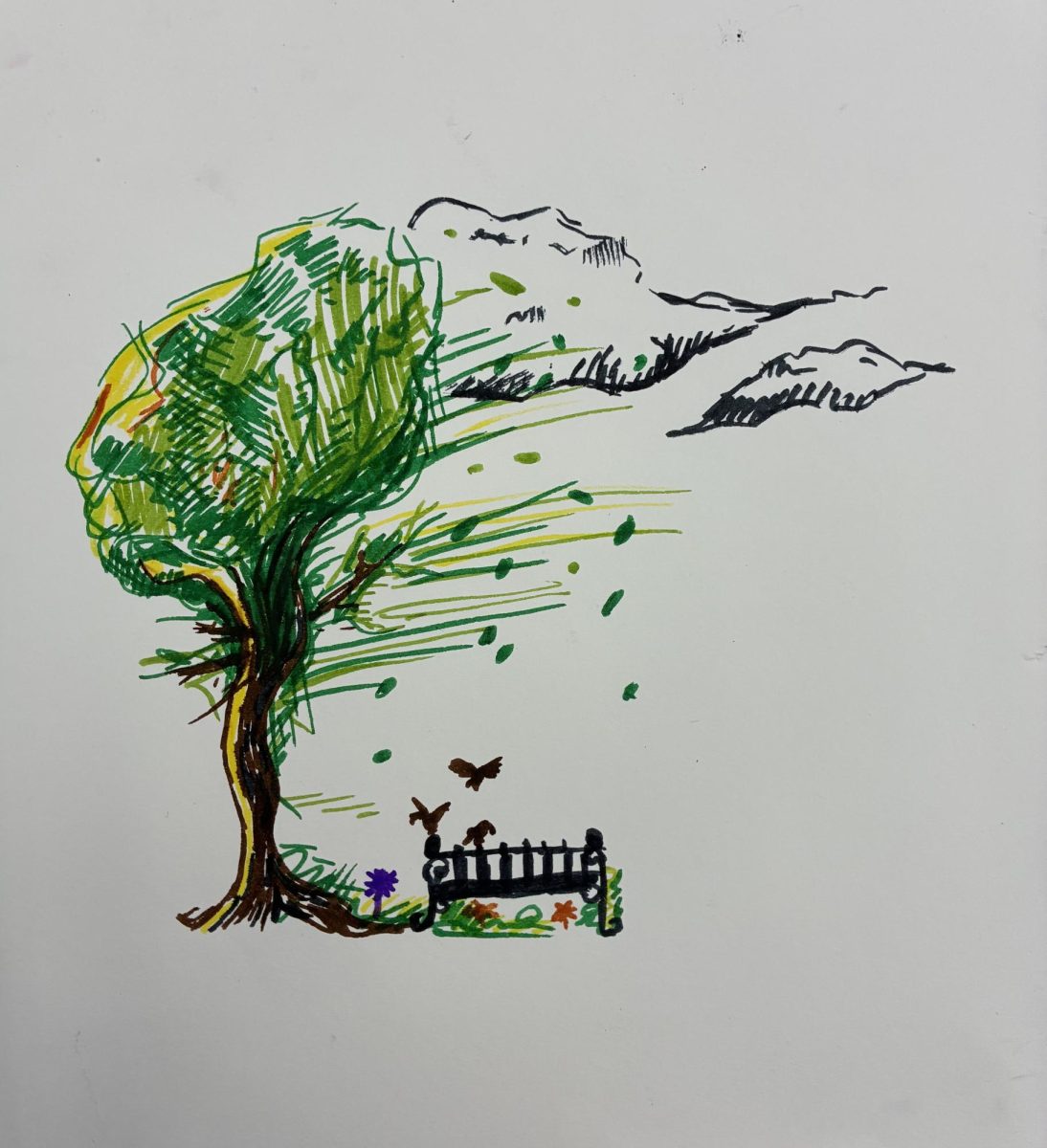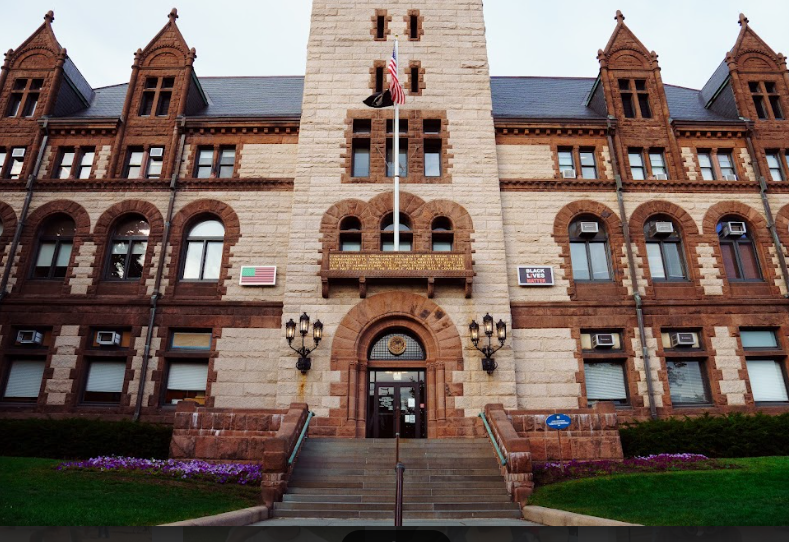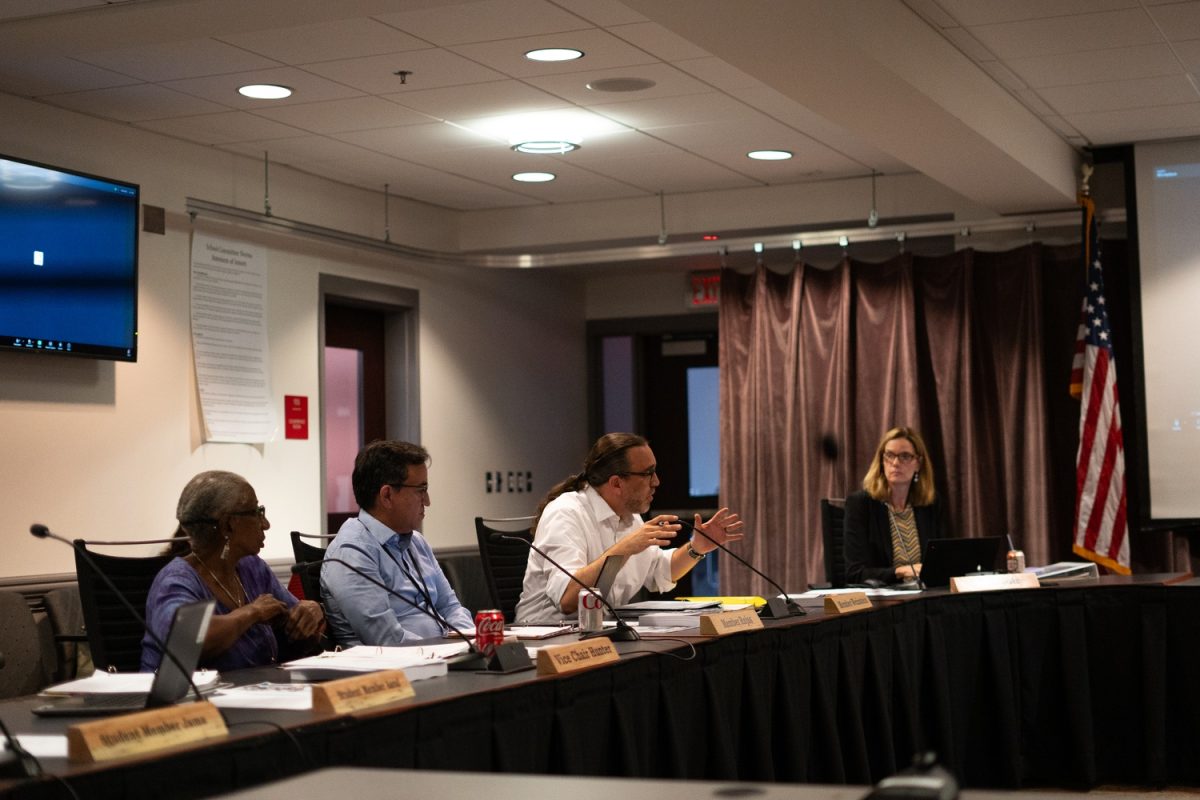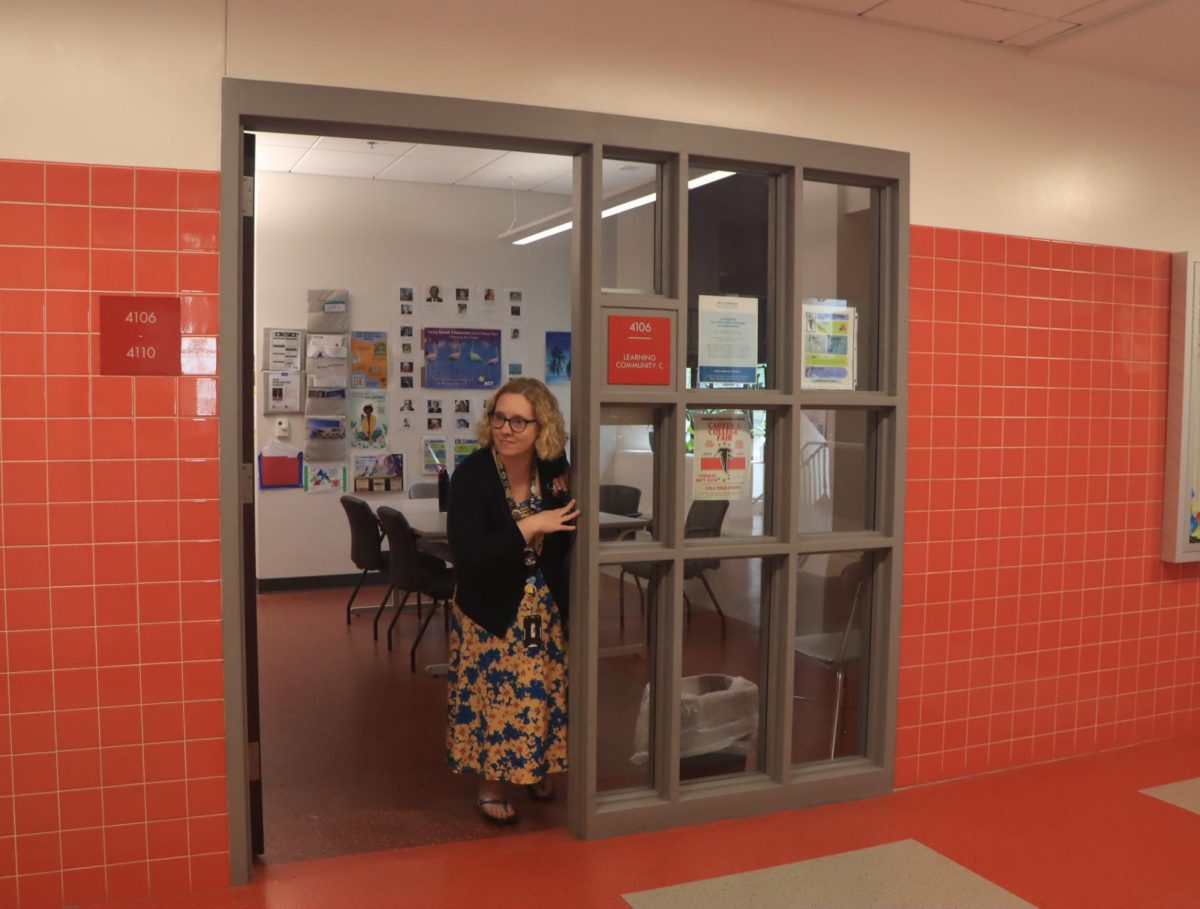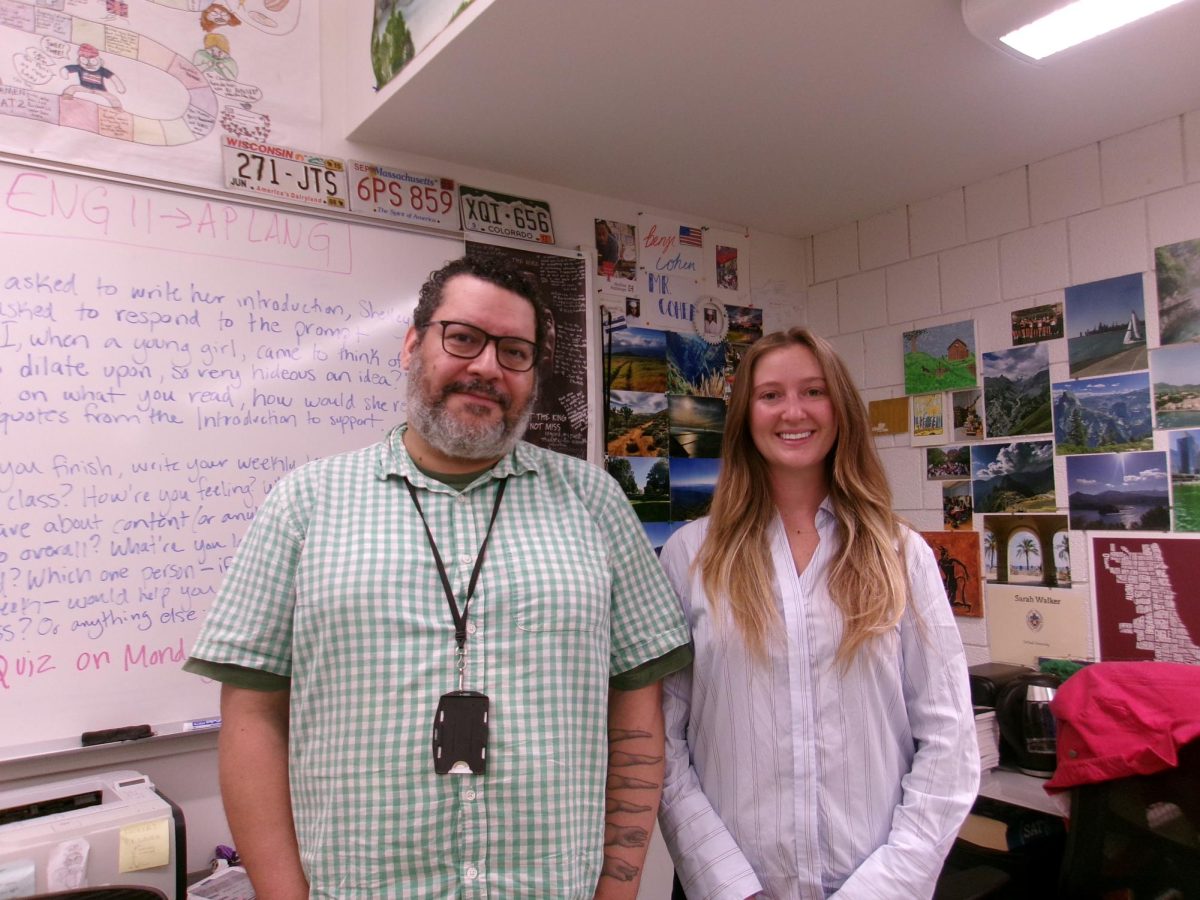
CRLS Crew is the only public school team on the Charles that competes competitively in the New England Interscholastic Rowing Association. It’s also one of the only public school teams on the river that doesn’t require its rowers to pay to participate in the program.
Rindge has continuously shown commitment to opening up the historically exclusive sport; even with its accessible program, though, it still faces challenges. Last spring, fourteen students from CRLS applied for the Lemelson-MIT InvenTeam grant. Every year, this grant is awarded to eight teams worldwide, intending to fund projects that will solve a real-world problem the students have identified. After a lengthy application process, the team was very excited to be awarded the maximum amount of $7500 for a student-designed navigational and communication device. The school and CRLS Crew are honored to have been officially chosen as the first local InvenTeam.
Through the Lemelson program the CRLS InvenTeam started prototyping this fall, CRLS Crew hopes to create a device that will allow coxswains and coaches to stay in touch throughout practice. It will contain both a navigational component and instant communication between coxswains and coaches. This device will hopefully allow boats to stay closer together and allow more constant coach supervision. As the team’s problem statement shares, they are hopeful that the device will “bridge the safety gap between public and private school crews, increasing equity in the sport.”
On-the-water practice for the team usually consists of four or five boats rowing near or against each other while being supervised by coaches who follow them in launches (a type of motorboat). However, due to limited funding, which leads to limited coaches and launches, there is a constant separation between the boats and coaches. Boats continuously lose sight of their coaches and teammates, being left alone on the water. The Charles is notorious for its sharp turns and difficult navigation, and some CRLS coxswains (the person who steers the boat) are relatively inexperienced.
In the lead-up to Boston’s most famous regatta, Head of the Charles, being in the wrong place on the river without a coach puts you at serious risk of hitting other boats or bridges. “You start to lose track of the number of incidents you witness on the river… collegiate coxswains seem to have a disregard for the safety of youth rowers,” one member of the team, Ido Kirson ’25, told the Register Forum. “The stress it brought our coaches and coxswains certainly inspired this project.”
The grant is also intentionally educational and allows all members to learn more about the inventing process. Avery Fearing ’26 shared, “This is a whole new world of engineering, and we’re all just learning more about it as we go.”

